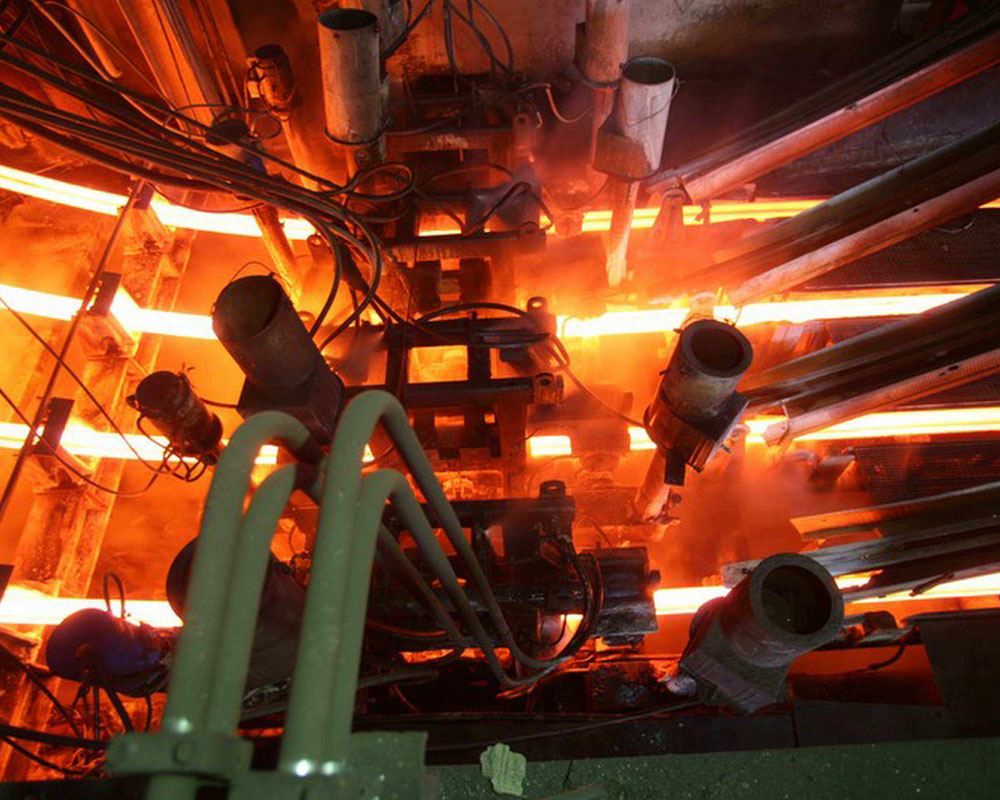China's steel output hit record levels in October, rising for a third straight month as mills rushed to boost output ahead of winter production cuts.

The world's top steel producer churned out 82.55 million tonnes of crude steel last month, up from 80.85 million tonnes in August and from 72.36 million tonnes in October last year, data from the National Bureau of Statistics showed on Wednesday.
That marked the highest monthly volume in records dating back to 2010.
However, average daily output dipped 1.2 percent from September to 2.67 million tonnes. October has one more day than September.
The weekly utilisation rate at blast furnaces in steel mills across the country climbed as high as 68.65 percent in mid-October, a level last seen on July 20.
The record production came even after the major steel producing province of Hebei in northern China last month issued two second-level pollution alerts, ordering steel mills to halve production during emergency periods.
Hebei accounts for nearly a third of China's total steelmaking capacity.
But steel mills are expected to slow their operations as production restrictions in heavy industry kick in from mid-November, part of Beijing's effort to fight toxic emissions over winter.
Despite increasing economic pressure, China's environment ministry has said the government will not ease its measures to curb air pollution, although cities and regions have been given more leeway in determining individual cuts this year.
Hebei's top steelmaking city of Tangshan has ordered steel mills to cut production by an average of 30-35 percent, depending on their emission levels, while No. 2 steelmaking city Handan introduced an average curb of about 48 percent.
In addition to the 28 cities in northern China that implemented winter curbs last year, some cities in central and eastern China also plan production restrictions this year, which is expected to reduce steel output in the coming months.
Output over the first ten months of the year was 782.46 million tonnes, up 6.4 percent on the same period last year, according to the NBS data.